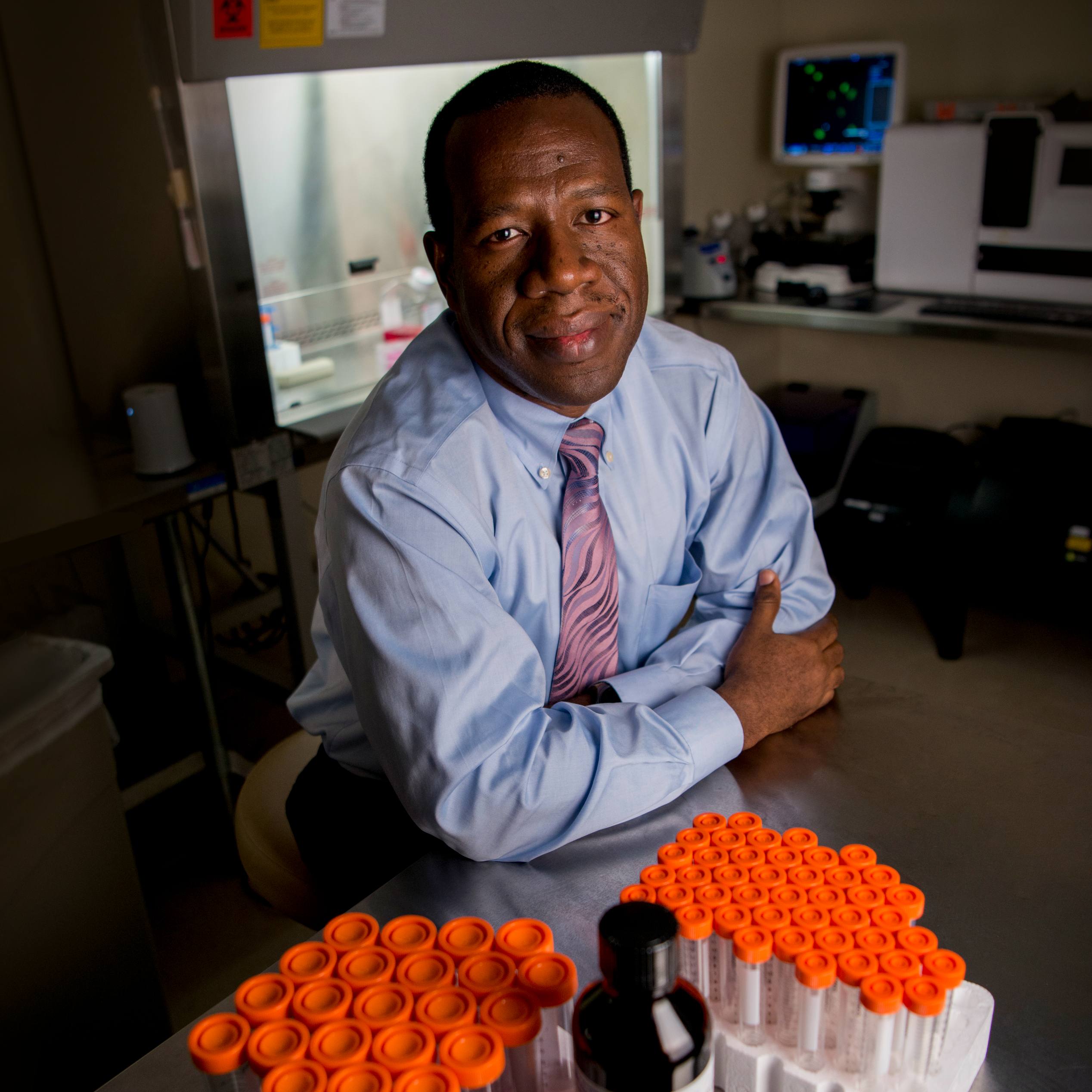-
Science Saturday: A preclinical step toward treating chronic dry mouth
Mayo Clinic researchers replicated chronic dry mouth from radiation damage in preclinical models, laying the foundation for stem cell research to regenerate salivary tissue after cancer. This discovery uses targeted X-radiation to mimic human injury and establish a lab model for testing cellular therapies for dry mouth. The study is published in Radiation Research.
"The team was satisfied to see a 50% reduction in chronic salivary function with radiation in mice — our first and major advancement toward testing salivary stem cell therapies," says Nagarajan Kannan, Ph.D., a Mayo Clinic researcher and senior co-author. "The preclinical animal model enables researchers to test the safety and long-term durable efficacy of human cell therapeutics for chronic dry mouth." Dr. Kannan is also the director of the Mayo Clinic Stem Cell and Cancer Biology Laboratory.
Mayo Clinic's Center for Regenerative Medicine supports this research as part of its objective of advancing the practice and delivering new cures for patients who have limited options.
Debilitating side effects with no cure
Nearly 70% of patients with head and neck cancer who are undergoing radiation therapy experience permanent damage to their salivary glands. Increasingly, that results in chronic dry mouth, a side effect known scientifically as xerostomia.

Nearly 70% of patients with head and neck cancer who are undergoing radiation therapy experience permanent damage to their salivary glands.
People with this condition experience diminished quality of life from a constant feeling like cotton is lining their mouths. Treatment is limited to supportive care. Besides being uncomfortable, chronic dry mouth can lead to difficulties with chewing, tasting, speaking and swallowing. It also can cause tooth decay.
Until now, Dr. Kannan's team had limited models for testing human salivary stem cells. The development of a preclinical model provides the team with an opportunity to test whether biomanufactured epithelial stem cells could regrow salivary glands and restore saliva secretion. Epithelial cells are found lining all body surfaces, body cavities and hollow organs. They perform organ-specific function like protection, secretion, absorption, excretion, filtration, diffusion and sensory reception.
"Using this preclinical model, our team also discovered previously unknown sex- and age-linked differences in salivary function and their response to radiation injury," says Jeffrey Janus, M.D., a Mayo Clinic otolaryngologist and head and neck surgeon, and senior co-author on the study. "We also discovered that the salivary levels fluctuate following radiation treatment, suggesting an injury-induced tissue 'healing' response albeit rather inadequate." Dr. Janus chairs the Department of Otolaryngology at Mayo Clinic in Florida.
The team hopes to further explore the healing process to develop effective countermeasures.
Preclinical attempt to restore natural saliva
Using mouse models, the team will test regenerative abilities of stem cells found within major salivary glands in the body. They hope to discover epithelial stem cells that can regenerate an entire gland and produce natural saliva.
"We have established a large living salivary gland biobank from consenting men and women. We will use these tissues to develop methods to isolate and increase the number of salivary stem cells and conduct cell therapy tests in our preclinical model under various conditions for optimal gland regeneration," says Dr. Kannan.
Additional research is needed to advance stem cell therapy for dry mouth toward clinical trials and potential use in patient care.









